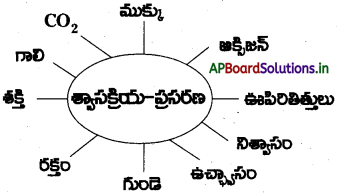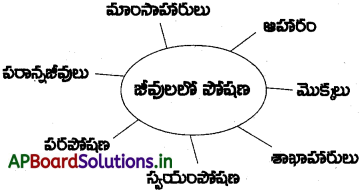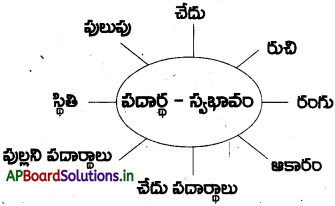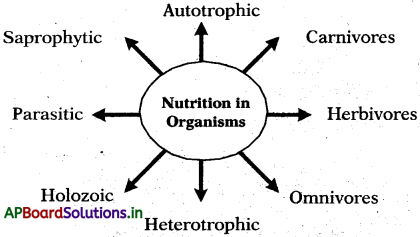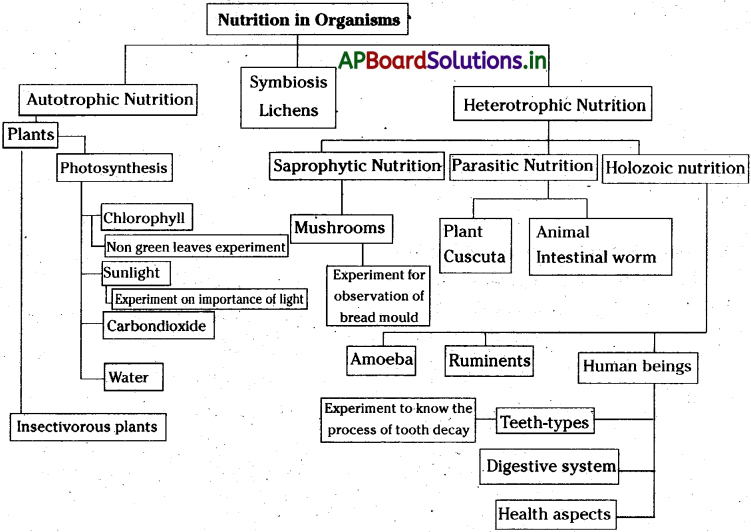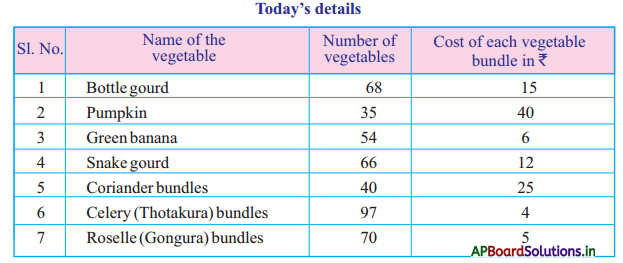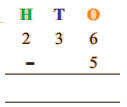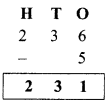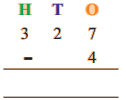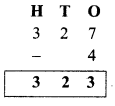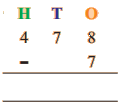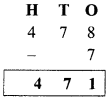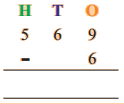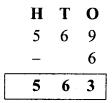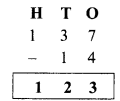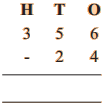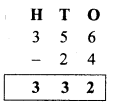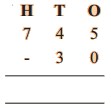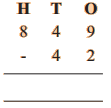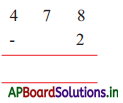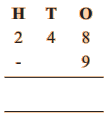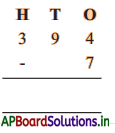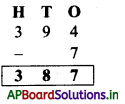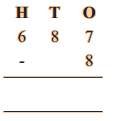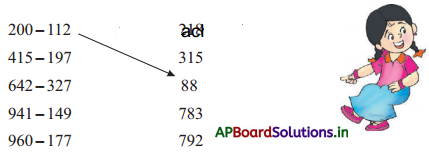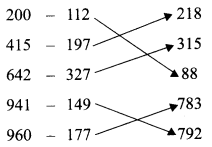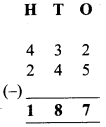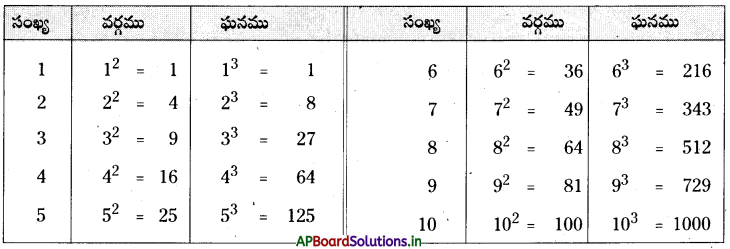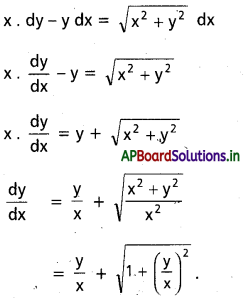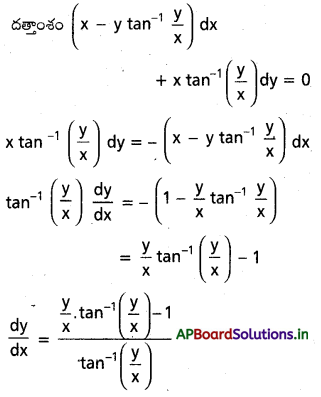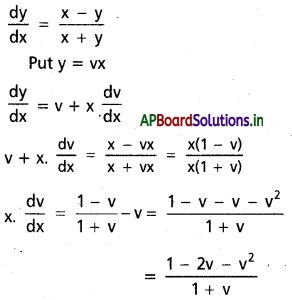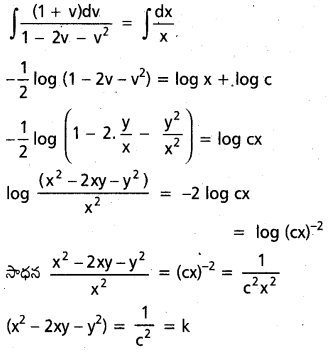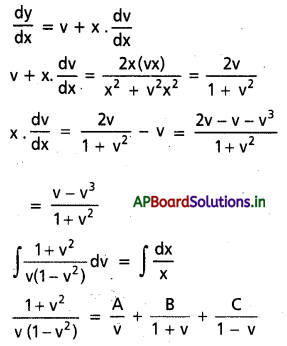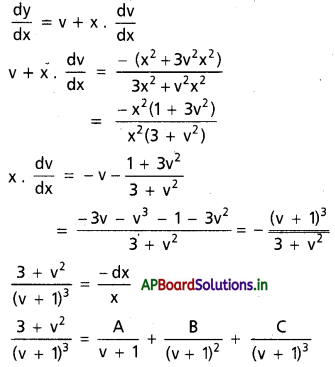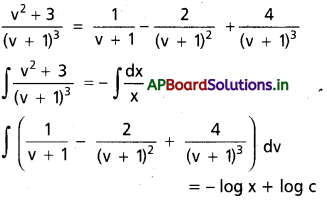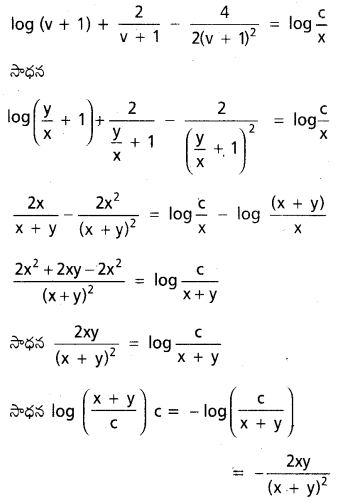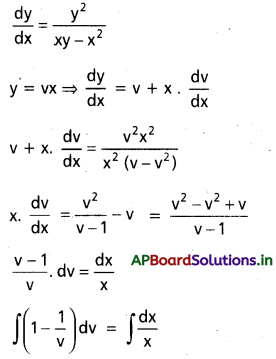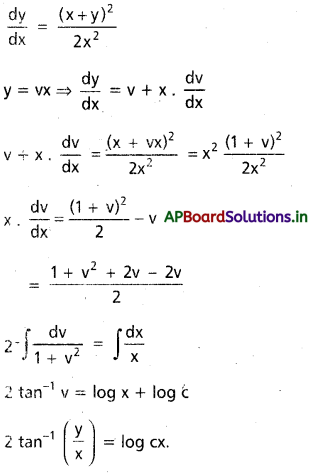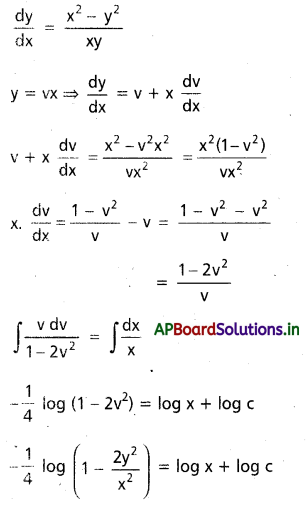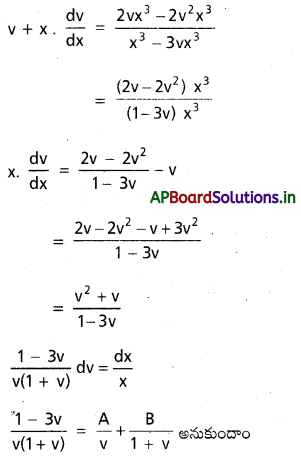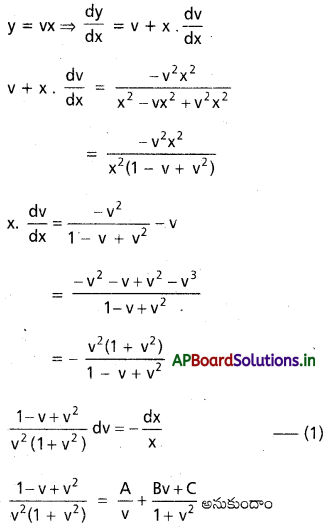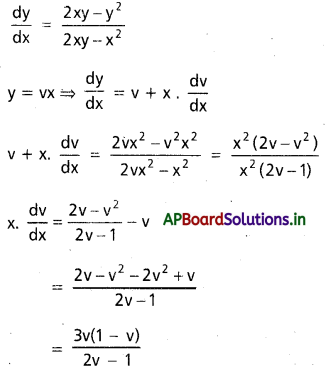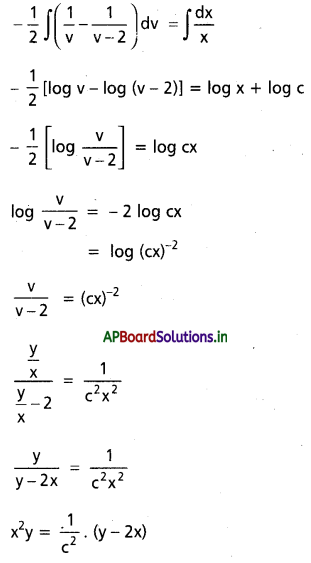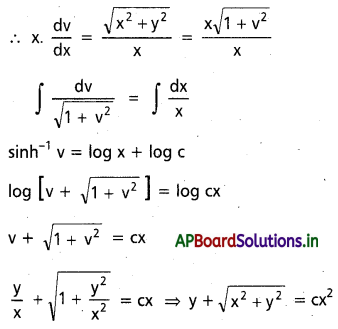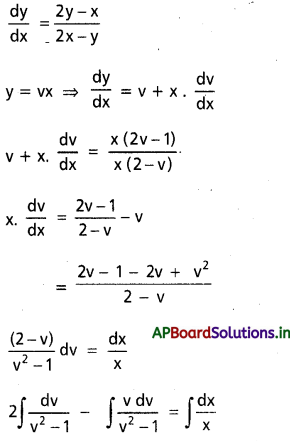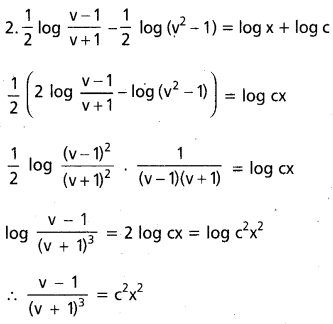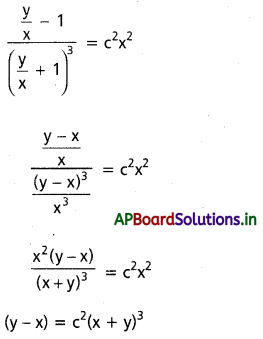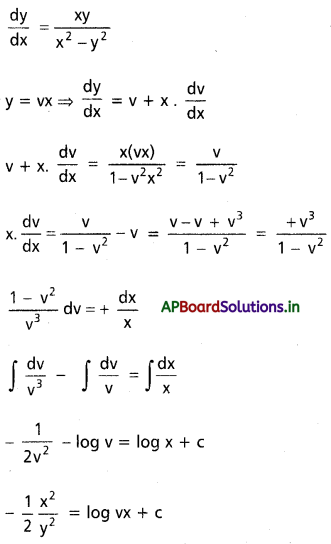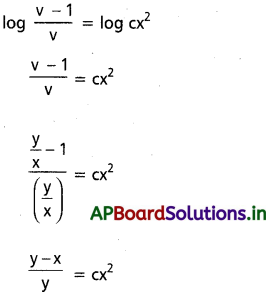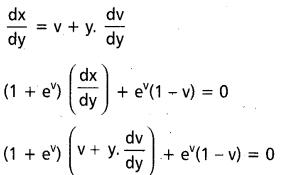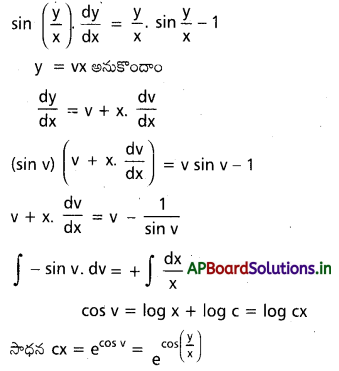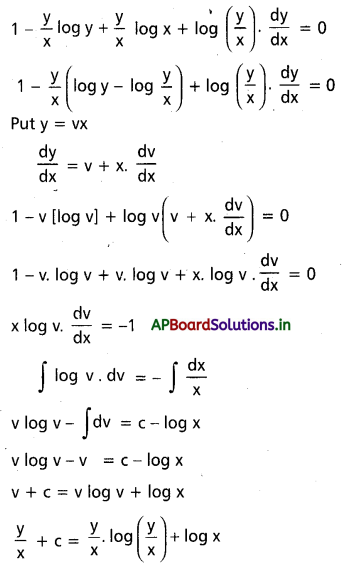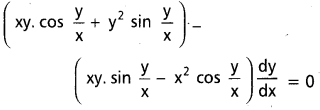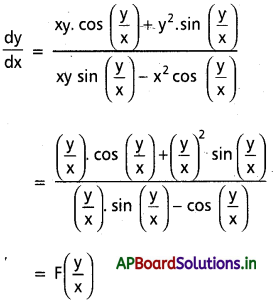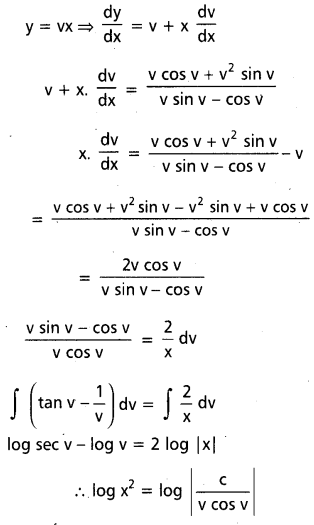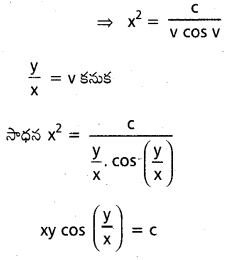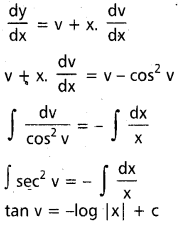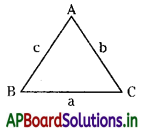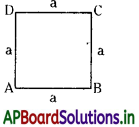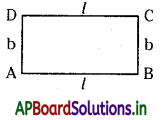Students can go through AP Board 7th Class Science Notes 4th Lesson శ్వాసక్రియ – ప్రసరణ to understand and remember the concept easily.
AP Board 7th Class Science Notes 4th Lesson శ్వాసక్రియ – ప్రసరణ
→ ఉచ్ఛ్వాస, నిశ్వాస ప్రక్రియను శ్వాసించడం అంటాము. శ్వాసక్రియ జీవులు మనుగడకు నిత్యం అవసరం.
→ శోషించబడిన ఆక్సిజన్ శరీరంలోని అన్ని భాగాలకు చేరి అక్కడ ఉన్న జీర్ణమైన పదార్ధములతో చర్య జరిపి శక్తి విడుదల చేయడాన్నే శ్వాసక్రియ అంటారు.
→ శ్వాసక్రియ రెండు రకాలు
ఎ) వాయు సహిత శ్వాసక్రియ (ఆక్సిజన్ సమక్షంలో జరిగేది)
బి) అవాయు శ్వాసక్రియ (ఆక్సిజన్ లేకుండా జరిగేది)
→ శ్వాసక్రియ రేటు మరియు గుండె కొట్టుకునే రేటు వివిధ సందర్భాలలో మారుతుంది.
→ శ్వాసక్రియ మార్గము నాసికా రంధ్రాలు, నాసికా కుహరము, గ్రసని, వాయునాళము, శ్వాస నాళములు, ఊపిరితిత్తులు.
→ శ్వాసక్రియలో ఉరః పంజరము మరియు ఉదరవితానము ప్రముఖ పాత్ర పోషిస్తాయి.
![]()
→ ఉచ్ఛ్వాసం ద్వారా తీసుకున్న గాలిలో ఆక్సిజన్ ఎక్కువగా మరియు కార్బన్ డై ఆక్సెడ్ తక్కువగా ఉంటుంది. అదే నిశ్వాసం ద్వారా విడిచిన గాలిలో ఆక్సిజన్ తక్కువగా మరియు కార్బన్ డై ఆక్సైడ్ ఎక్కువగా ఉంటుంది.
→ ఊపిరితిత్తులలో అత్యధిక సంఖ్యలో ఉండే రక్త కేశనాళికలు ఉచ్ఛ్వాసించిన ఆక్సిజన్ను శోషించి దానిని శరీరంలోని అన్ని భాగాలకు చేర్చుతుంది.
→ గుండె రక్తాన్ని శరీరంలోని అన్ని భాగాలకు ధమనులు, సిరల ద్వారా పంపు చేస్తుంది.
→ హిమోగ్లోబిన్ అనే ఎర్ర వర్ణకం ఆక్సిజన్ను అన్ని భాగాలకు మరియు కార్బన్ డై ఆక్సెడు అన్ని భాగాల నుంచి తీసుకురావడానికి వాహకంగా పనిచేస్తుంది.
→ వివిధ జీవులకు వివిధ రకాల శ్వాసక్రియ అవయవాలు ఉంటాయి. చేప – మొప్పలు; కీటకాలు – ట్రాకియా; వానపాము – చర్మము; భూచరాలు – ఊపిరితిత్తులు.
→ మొక్కలు ఆకులలోని పత్ర రంధ్రాలు మరియు కాండములోని లెంటి కణాలు ద్వారా శ్వాసిస్తాయి. వేర్లు వాటి యొక్క మూల కేశాల ద్వారా శ్వాసిస్తాయి.
→ కోవిడ్-19 అనేది ఇటీవలి కాలంలో ప్రపంచ వ్యాప్తంగా వ్యాపించిన శ్వాస సంబంధిత వ్యాధి (రుగ్మత). దీనిని మాస్కు, శానిటైజర్, సామాజిక దూరం పాటించడం ద్వారా నివారించవచ్చు.
→ కొన్ని సహజ అసంకల్పిత చర్యలు శ్వాసక్రియ వ్యవస్థతో సంబంధం కలిగి ఉన్నాయి. అవి తుమ్మడం, ఆవలింత, దగ్గడం. ఇవి మన ఆధీనంలో లేనివి.
→ ఒక నిముషంలో మనం తీసుకొనే ఉచ్ఛ్వాస, నిశ్వాసములను శ్వాసించే రేటు అంటారు.
→ సాధారణంగా మనిషి నిమిషానికి 14 నుండి 20 సార్లు శ్వాసిస్తాడు.
![]()
→ మానవునిలో ఊపిరితిత్తులు శ్వాస అవయవాలు.
→ ఊపిరితిత్తులు మృదువైన సాగే గుణం గల సంచుల వంటి నిర్మాణాలు ఇవి ఎరుపు గులాబి రంగులో ఉంటాయి.
→ శ్వాసించే ప్రక్రియలో ఉదర వితానం పురుషులలోనూ, ఉరఃపంజరము స్త్రీలలో ప్రముఖ పాత్ర వహిస్తాయి.
→ పొగాకులో ‘నికోటిన్’ అనే ప్రమాదకర రసాయనం ఉంటుంది. ఇది ఆరోగ్యానికి హానికరం.
→ కీటకాలలో ట్రాకియల్ శ్వాసక్రియ జరుగుతుంది.
→ కప్పలో పుపుస శ్వాసక్రియతో పాటు, చర్మం ద్వారా జరిగే క్యుటేనియస్ శ్వాసక్రియ కూడా ఉంటుంది.
→ జలచర జీవులైన చేపలలో బ్రాంకియల్ శ్వాసక్రియ జరుగుతుంది. దీనిలో మొప్పలు శ్వాస అవయవాలు.
→ తిమింగలాలు, డాల్ఫిన్లు, సీళ్ళు జలచర జీవులైనప్పటికి ఊపిరితిత్తుల ద్వారా శ్వాసిస్తాయి.
→ మొక్కలలో వాయు మార్పిడికి పత్రరంధ్రాలు, లెంటికణాలు ఉంటాయి.
→ మానవ రక్త ప్రసరణ వ్యవస్థలో గుండె, రక్తనాళాలు, రక్తము అనే భాగాలు ఉంటాయి.
→ రక్తనాళాలు మూడు రకాలు. అవి
- ధమనులు
- సిరలు
- రక్త కేశనాళికలు.
→ మానవ రక్తం రక్త కణాలు మరియు ప్లాస్మాతో ఏర్పడుతుంది.
→ నత్త మరియు పీతలలో రక్తం నీలి రంగులో ఉంటుంది.
→ కోవిడ్-19ను ప్రపంచ మహమ్మారిగా పరిగణించారు.
![]()
→ ప్రమాదం జరిగిన వెంటనే ప్రాణరక్షణకు రోగికి అందించే చికిత్సను ప్రథమచికిత్స అంటారు.
→ శ్వాసించడం : జీవి శరీరంలోనికి గాలిని పీల్చుకొని వదలటాన్ని శ్వాసించటం అంటారు. ఇది నిత్యం జరిగే ప్రక్రియ.
→ ఉచ్చ్వాసం : జీవి శరీరంలోనికి గాలిని పీల్చుకొనే ప్రక్రియను ఉచ్చ్వాసం అంటారు.
→ నిశ్వాసం : జీవి పీల్చిన గాలిని బయటకు పంపే ప్రక్రియను నిశ్వాసం అంటారు.
→ శ్వాసక్రియ : శోషించబడిన ఆక్సిజన్ శరీరంలోని అన్ని భాగాలకు చేరి అక్కడ ఉన్న జీర్ణమైన పదార్థాలతో చర్య జరిపి శక్తి విడుదల చేయడాన్ని శ్వాసక్రియ అంటారు.
→ ఆక్సిజన్ : మండటానికి దోహదపడే వాయువు. ఇది శ్వాసక్రియలో గ్రహించబడి పదార్థాల నుండి శక్తి వెలువరుస్తుంది.
→ కార్బన్ డై ఆక్సైడ్ : శ్వాసక్రియలో వెలువడే వాయువు.
→ మొప్పలు : చేపలు వంటి జలచర జీవులలోని శ్వాస అవయవాలు.
→ వాయునాళం : మానవ శ్వాసవ్యవస్థలో గొట్టం వంటి నిర్మాణము. ఇది రెండుగా చీలి ఊపిరితిత్తులలోనికి ప్రవేశిస్తుంది.
→ శ్వాసనాళము : మానవునిలో వాయునాళం రెండు శాఖలుగా చీలిపోతుంది. వీటిని శ్వాసనాళం అంటారు. ఇవి ఊపిరితిత్తులలోనికి ప్రవేశిస్తాయి.
![]()
→ ఊపిరితిత్తులు : మానవునిలోని శ్వాస అవయవాలు. ఇవి రెండు ఉంటాయి. గాలిలోని ఆక్సిజనను పీల్చుకొని CO2 ను బయటకు వదులుతాయి.
→ పత్రరంధ్రాలు : పత్రం పైన ఉండే రంధ్రాలను పత్రరంధ్రాలు అంటారు. వీటి ద్వారానే మొక్కలు వాయువులను గ్రహించి విడిచిపెడతాయి.
→ లెంటికణాలు : మొక్క కాండం మీద ఉండే చిన్న రంధ్రాలను లెంటి కణాలు అంటారు. ఇవి వాయు మార్పిడికి తోడ్పడతాయి.
→ రక్తకేశనాళికలు : ఇవి అతి సన్నని రక్తనాళాలు. ధమనులను, సిరలను అనుసంధానం చేస్తాయి.
→ రక్తనాళాలు : మానవ శరీరంలో రక్తం రక్తనాళాలలో ప్రసరిస్తుంది. రక్తాన్ని గుండె నుండి తీసుకొని పోయే నాళాలను ధమనులు అని గుండెకు రక్తాన్ని తీసుకొని వచ్చే నాళాలను సిరలు అని అంటారు.
→ శ్వాసనాళ వ్యవస్థ : శ్వాసక్రియను నిర్వహించే అవయవాలను శ్వాసనాళ వ్యవస్థ అంటారు. మానవ శ్వాస వ్యవస్థలో ముక్కు గ్రసని, వాయునాళం, శ్వాసనాళం, ఊపిరితిత్తులు అనే అవయవాలు ఉంటాయి.
→ హిమోగ్లోబిన్ : రక్తంలోని వర్ణక పదార్థం. దీని వలన రక్తం ఎరుపురంగులో ఉంటుంది. ఇది ఆక్సిజన్ను కణజాలంనకు రవాణా చేస్తుంది.
→ ధమనులు : గుండె నుండి రక్తాన్ని శరీర భాగాలకు తీసుకువెళ్ళే రక్తనాళాలను ధమనులు అంటారు. ఇవి మందమైన గోడలు కల్గి ఉంటాయి.
→ సిరలు : శరీర భాగాల నుండి రక్తాన్ని గుండెకు తీసుకొచ్చే రక్తనాళాలను సిరలు అంటారు. వీటి గోడలు పలుచగా ఉంటాయి.
